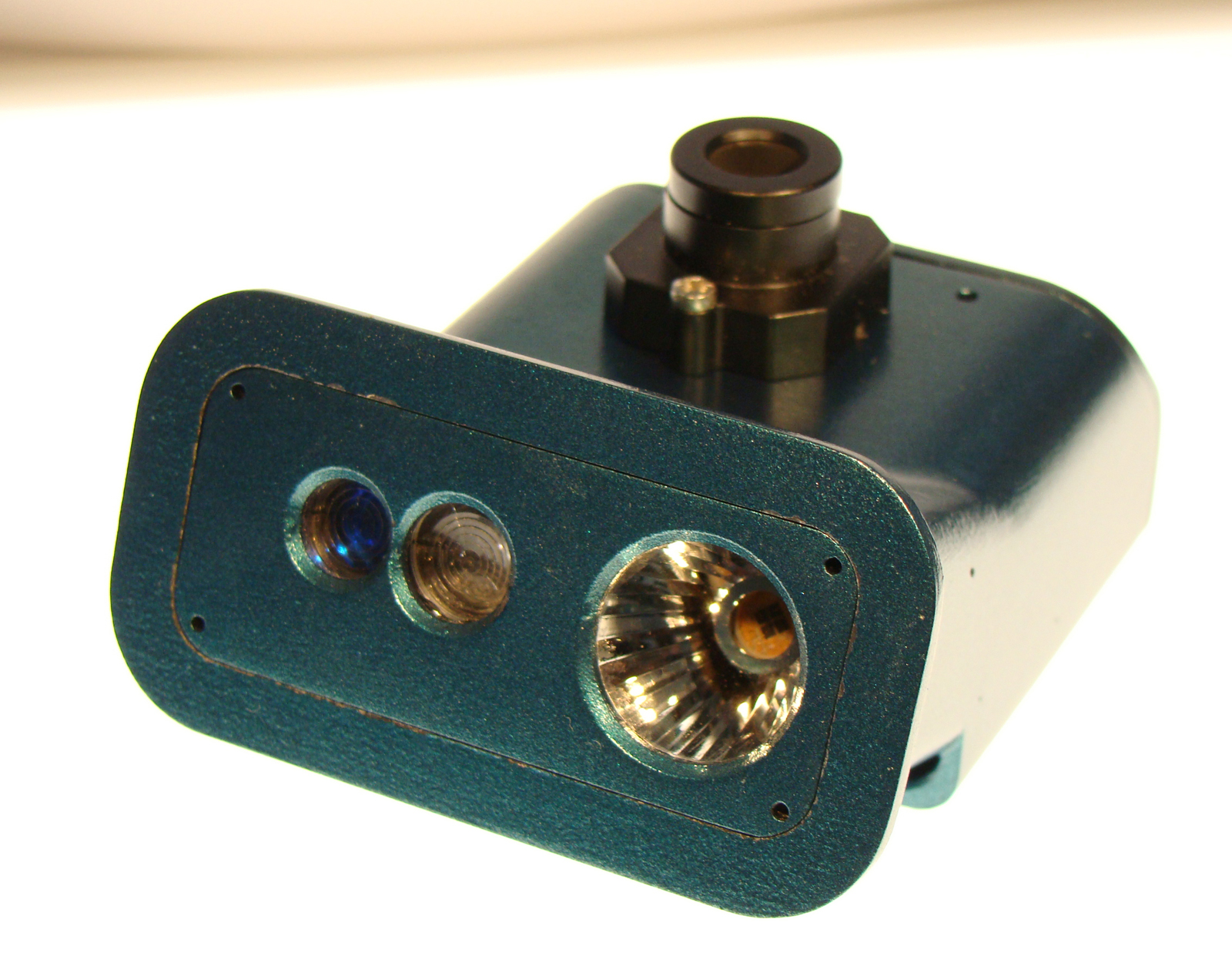Accident protection in the windshield
Driver-assistance systems help prevent accidents. Quite simply, the more a car knows about its surroundings, the more intelligently it can respond to them. Researchers have now developed an optical sensor for the windshield that can even tell the difference between fog and darkness. The system will also be available for small cars.
The number of traffic fatalities on Germany‘s roads has steadily fallen in recent years. As studies show, this also owes to the numerous new driver-assistance systems that react more quickly than a human being can. They identify risks, warn of hazards and assist the driver in critical situations. Radar sensors, for instance, scan surrounding traffic conditions, monitoring the vehicle’s blind spot or maintaining a safe distance to the vehicle in front; infrared detectors improve night vision, and fatigue sensors sound an alarm if there is a risk of momentary driver drowsiness.
To monitor the surroundings during a journey, complex systems equipped not only with a camera but also with sensors are now in use. These systems can register difficult-visibility areas near the vehicle – such as when parking – and automatically analyze the camera pictures generated. These sensors are mounted between the windshield and the rear-view mirror. In addition to imaging data, they also deliver information about ambient light conditions; for instance, they can distinguish between darkness and fog. The sensors interpret the optical data and analyze weather conditions. Still, thus far such high-tech systems have found their way only onto high-priced vehicles. They have been too expensive for standard-size and small models. The reason: with conventional components, constant use results in imprecise measurements – the integrated LEDs become less powerful over time, and the needed light detectors lose some of their sensitivity. To date, only expensive components have proven able to offset these effects.
This is all about to change: in the EU-sponsored „ADOSE“ project, researchers at the Fraunhofer Institute for Reliability and Microintegration IZM in Berlin, working with Centro Ricerche Fiat and the chip manufacturer STMicroelectronics, have developed a sensor system that can be inexpensively produced for medium-sized and small cars as well. „Our multifunctional system consists of an entire camera, two sensors equipped with Fresnel lenses to detect light signals, and an infrared LED. Because fog and darkness can exhibit optically identical spectra, it is difficult to distinguish between these two light phenomena. That’s why the infrared LED emits light waves that are scattered back in fog but not in conditions of darkness,“ explains IZM group manager Dr.-Ing. Henning Schroeder. „It’s particularly difficult to capture the light signal from a broad aperture angle, to bundle the signal and pass it along the circuit board to the four corners of the camera chip. Because the middle of the chip is reserved for recording the camera image,“ Schroeder notes. To make this possible, the researcher and his team have developed lightpipes in a hot stamping procedure. These are hollow, mirrored tubes that can deflect a light signal by as much as 90 degrees. Up until now, optical fibers have been used to transmit these signals. But these snap at even low bending radii, are expensive and must be painstakingly mounted in place manually. „With the lightpipes, we have succeeded in making the optical signal transmission more efficient, making the entire system smaller and reducing costs as a result,“ the researcher points out. The hot stamping method involves several optical channels being produced in a single pass, simplifying assembly considerably. The trick: the IZM scientists’ system is scalable and can be expanded through the addition of additional lightpipes – to record solar radiation, for instance.
The experts at IZM developed not only the lightpipes but also the Fresnel lenses for these sensors. They are also responsible for the design of the sensor module, which was carried out via Rapid Prototyping. A prototype of the sensor module is already in hand. Centro Ricerche Fiat is currently putting it through the paces in an initial field test.
